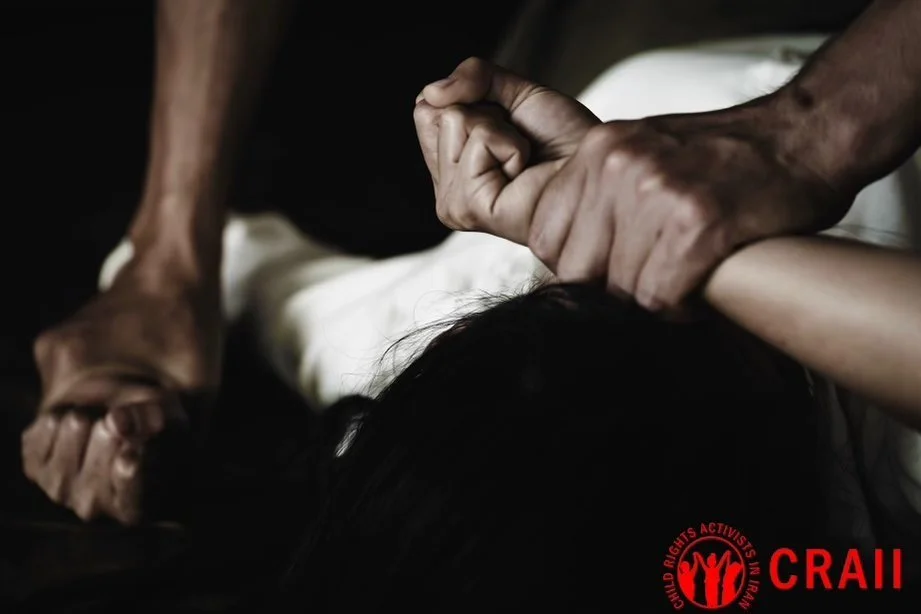Marching towards a world unshackled by the chains of violence, discrimination, and inequality
November 26, 2023The range of violence against women is vast and complex, spanning diverse forms, frequencies, and intensities. From brutal acts, such as honor killings, sexual assaults, and rapes, to coercive practices like forced circumcisions, forced marriage, and the denial of the right to choose a partner depict violent dimensions. Non-physical manifestations include legal deprivations of women's rights, impacting their personal choices, children's rights, and access to legal, social, and economic rights. Inequality manifests in various dimensions of human rights, taking on assumed forms, and subtle forms of violence persist within a system aptly described as 'patriarchal' or, in other words, a system dominated by capitalist structures.
Through the strategic use of education, religion, and media, the system actively shapes and disseminates a cultural narrative and relational structure that opposes the empowerment of women and perpetuates male dominance. Though manifesting in diverse ways across countries and nations, these influential tools fundamentally contribute to the cultivation of a culture steeped in class-based and hierarchical values. Essentially, they depict certain segments of human society as inherently inferior, perpetuating gender-based discrimination and encapsulating the most violent dimensions of these inequalities.
In nations such as Iran, the lamentable prevalence of violence and oppression against women has become disturbingly explicit, seamlessly woven into the fabric of the dominant culture. This influence extends to the very core of legal frameworks and societal interactions. Women, unfortunately, find themselves in a diminished status, with their rights contingent upon the directives and approvals of men who, under religious pretexts, consider themselves owners of these rights.
Emerging from the earliest stages of childhood, these pervasive assaults cast a lasting shadow over the lives of women.
Enforcing mandatory dress codes labeled as "hijab," advocating and coercing religious practices, imposing religious and traditional concepts on children as they enter school, and compelling them to conform to prevailing societal norms that cast them as "subordinate." The indoctrination of a submissive self-image, coupled with acceptance and surrender to this system from the outset, perpetuates these teachings. The alarming prevalence of child marriage, a criminal act against children irrespective of gender, stands out as one of the most egregious forms of these oppressions.
The parallel fate of women within the lower echelons of society is evident. Yet, one crucial point deserves attention: Changes in the circumstances of women within societies imply corresponding shifts in the conditions of oppression children face. Whether in their individual capacities or as mothers and caretakers, women emerge as direct advocates for their children's rights.
With the advent of the "Mehsa Revolution" and the active engagement of women in Iran, a remarkable solidarity unfolded, transcending gender lines as almost all women and men joined forces against the oppressive regime and dictatorship. Aptly dubbed the "Women's Revolution," this movement is renowned for the groundbreaking role played by women, guided by aspirations focused on dismantling the entire framework of discrimination and inequality. This characterization finds recognition among domestic activists and resonates with the international community and observers alike.
The far-reaching impacts of this movement extend beyond the tangible, evident in the persistent resistance against compulsory "hijab" and the growing emphasis on the right to individual attire choices.
At the heart of the issue lies the undeniable truth that all manifestations of violence against women are deeply rooted in a systemic structure, where the very foundation relies on the "exploitation of human capital" and the "profit-driven commodification" of individuals. Within this paradigm, women find themselves relegated to subordinate roles, labeled as secondary or tertiary entities. The singular remedy to this societal ailment lies in the conscientious dismantling of the deteriorating foundations underpinning this corrupted system.
In the realm of social change, the women's movement, pioneering women's organizations, and allied movements find themselves intertwined, sharing a common destiny. Their collective power emerges not through isolated efforts but through a unified commitment. Joining forces with the movement for freedom and equality becomes the catalyst for addressing not only the injustices and violence against women but also the broader spectrum of societal segments and constituencies.
As advocates for the movement defending "children's rights," we align ourselves seamlessly with revolutionary movements and fervently call for cooperation and partnership in advancing the objectives of our targeted groups within our movements.
Marching toward a world unshackled by the chains of violence, discrimination, and inequality.
Long live freedom and equality.
Long live the right of childhood.
November 25, 2023

